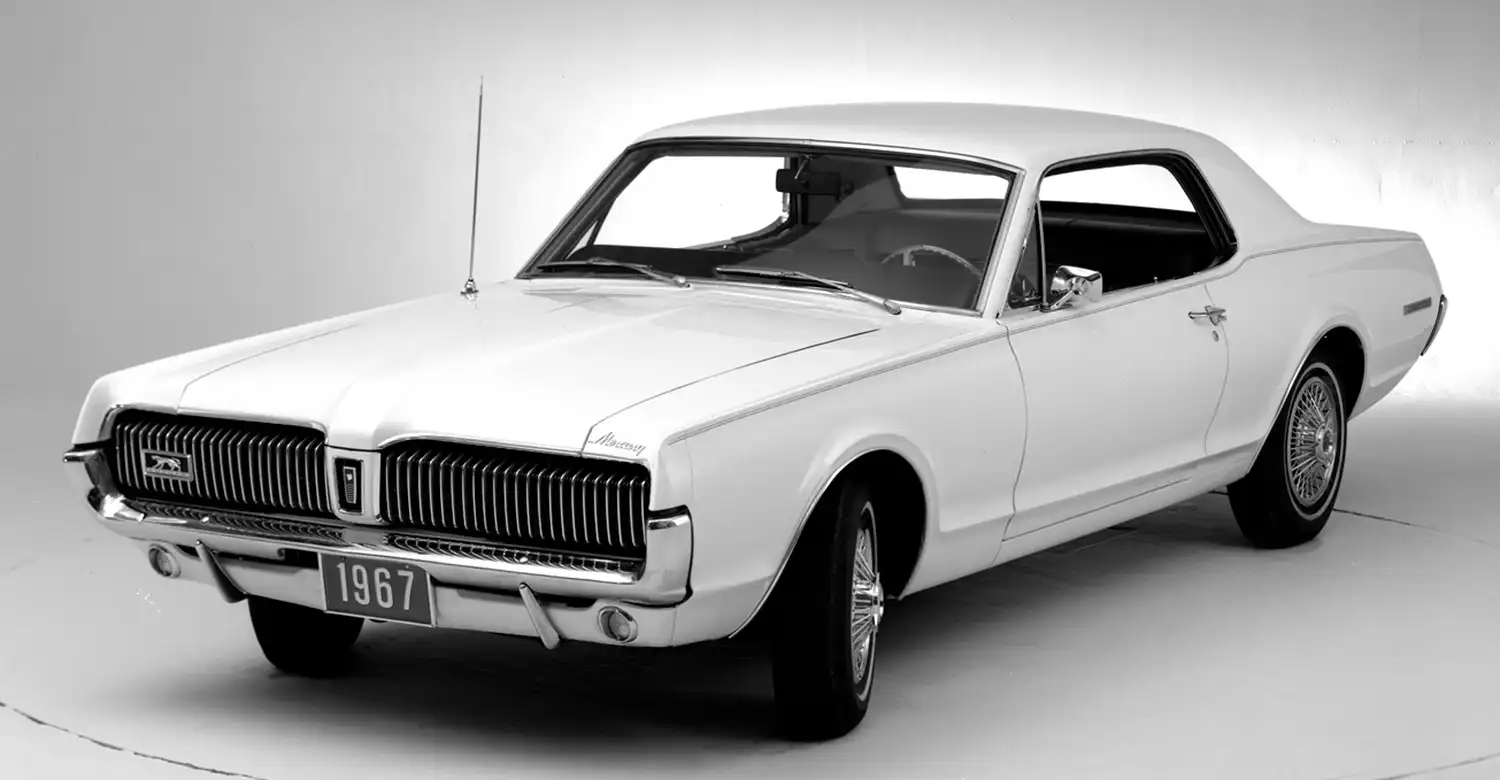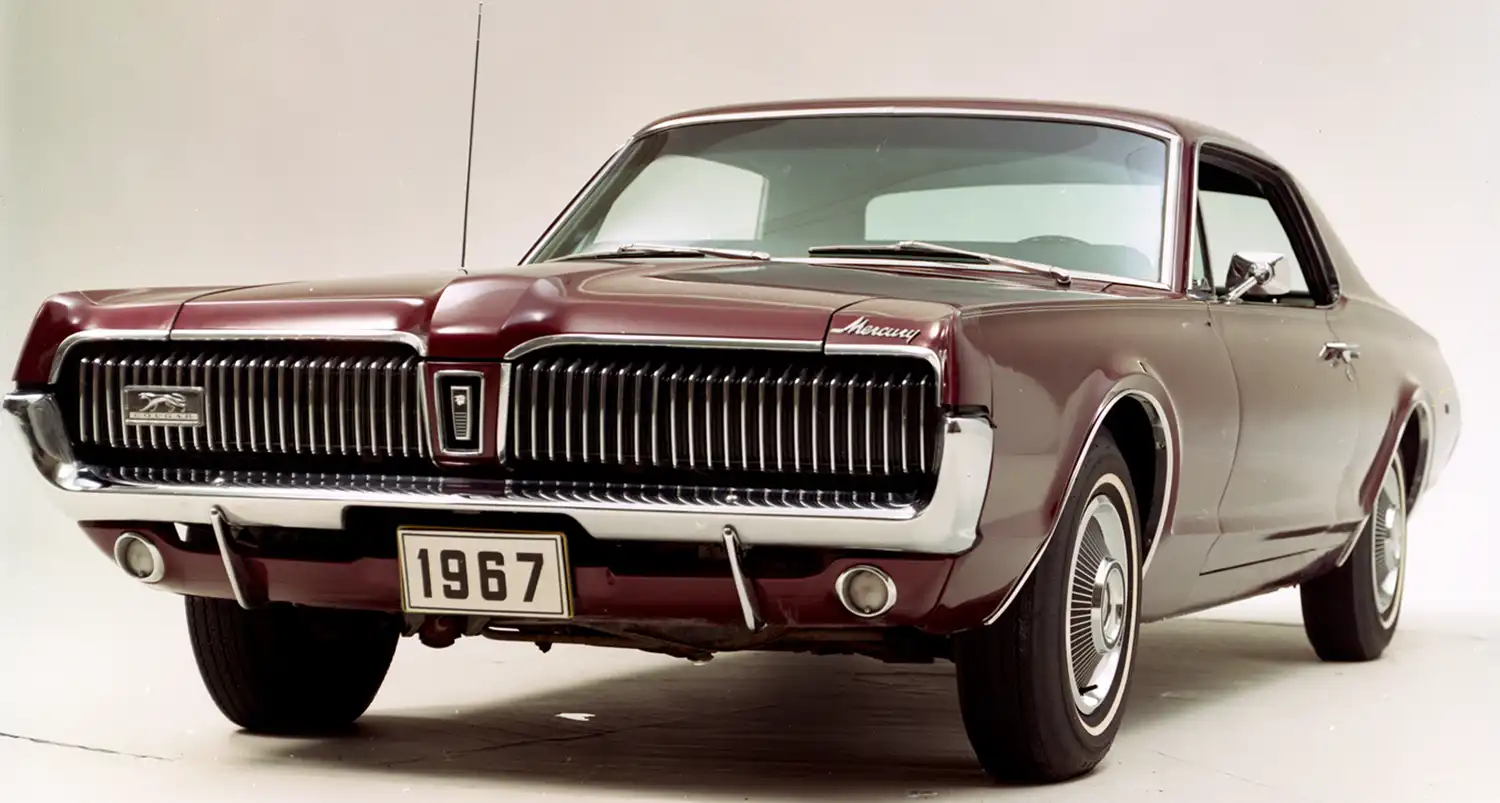
The 1967 Mercury Cougar holds a special place in automotive history as the very first of a celebrated nameplate. Introduced by the Lincoln-Mercury division of Ford Motor Company, the Cougar was strategically positioned as a more refined and upscale offering compared to its platform-sharing sibling, the immensely popular Ford Mustang. While both cars shared mechanical underpinnings, the Cougar boasted unique styling elements and a more mature persona, appealing to buyers who desired a touch of sophistication alongside sporty performance. Its immediate success cemented its place as a distinctive player in the burgeoning pony car market, laying the foundation for a multi-generational legacy.
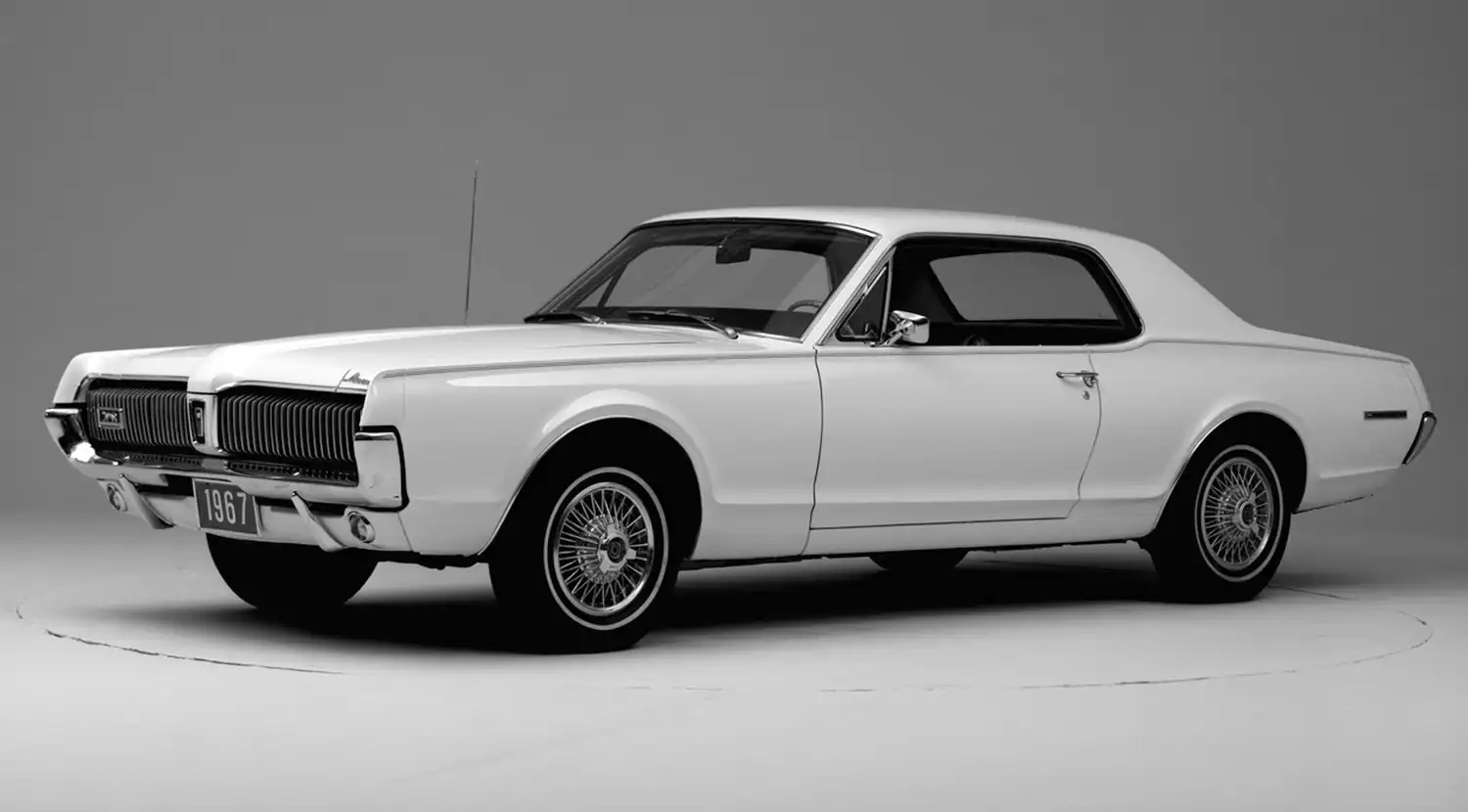
The design of the 1967 Mercury Cougar was a key element in its distinct identity. While it shared the Mustang’s long-hood, short-deck proportions, the Cougar featured its own unmistakable styling cues. The front end was characterized by a distinctive split grille, often referred to as the “electric shaver” grille, with hidden headlights that added a touch of elegance and mystery. Along the sides, clean lines flowed to the rear, culminating in sequential rear turn signals – a visually striking and technologically advanced feature for its time. The overall impression was one of sleekness and sophistication, setting it apart from the more overtly youthful exuberance of the Mustang. The Cougar was initially available as a stylish hardtop coupe, offering a comfortable and well-appointed interior.
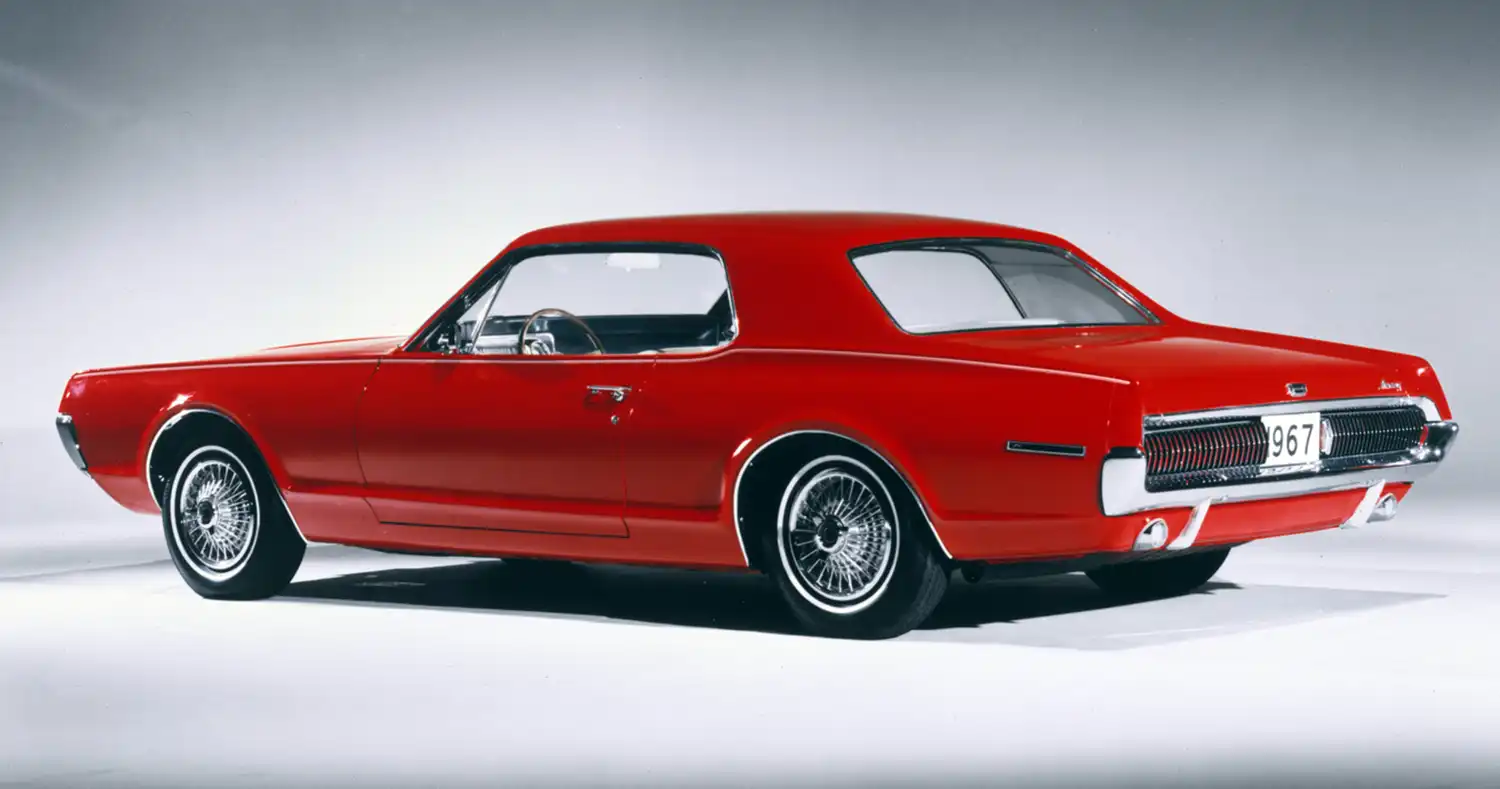
Engine and Performance: The 1967 Mercury Cougar offered a range of V8 engines to cater to various performance preferences. The standard engine was a 289 cubic inch (4.7-liter) Windsor V8, providing a solid base of around 200 horsepower for everyday driving. For those seeking more spirited performance, the Cougar could be equipped with a larger 390 cubic inch (6.4-liter) FE V8. In its GT trim, this engine produced an impressive 320 horsepower, delivering brisk acceleration and a more engaging driving experience. For a select few seeking ultimate power, a very limited number of 1967 Cougars were equipped with the formidable 427 cubic inch (7.0-liter) FE V8, a true high-performance engine for the era. Transmission choices included a standard three-speed manual, an optional four-speed manual for the more performance-minded, and a smooth-shifting three-speed automatic, catering to a wider range of drivers. The combination of available V8 power and transmission options allowed the 1967 Cougar to offer a compelling blend of style and performance.
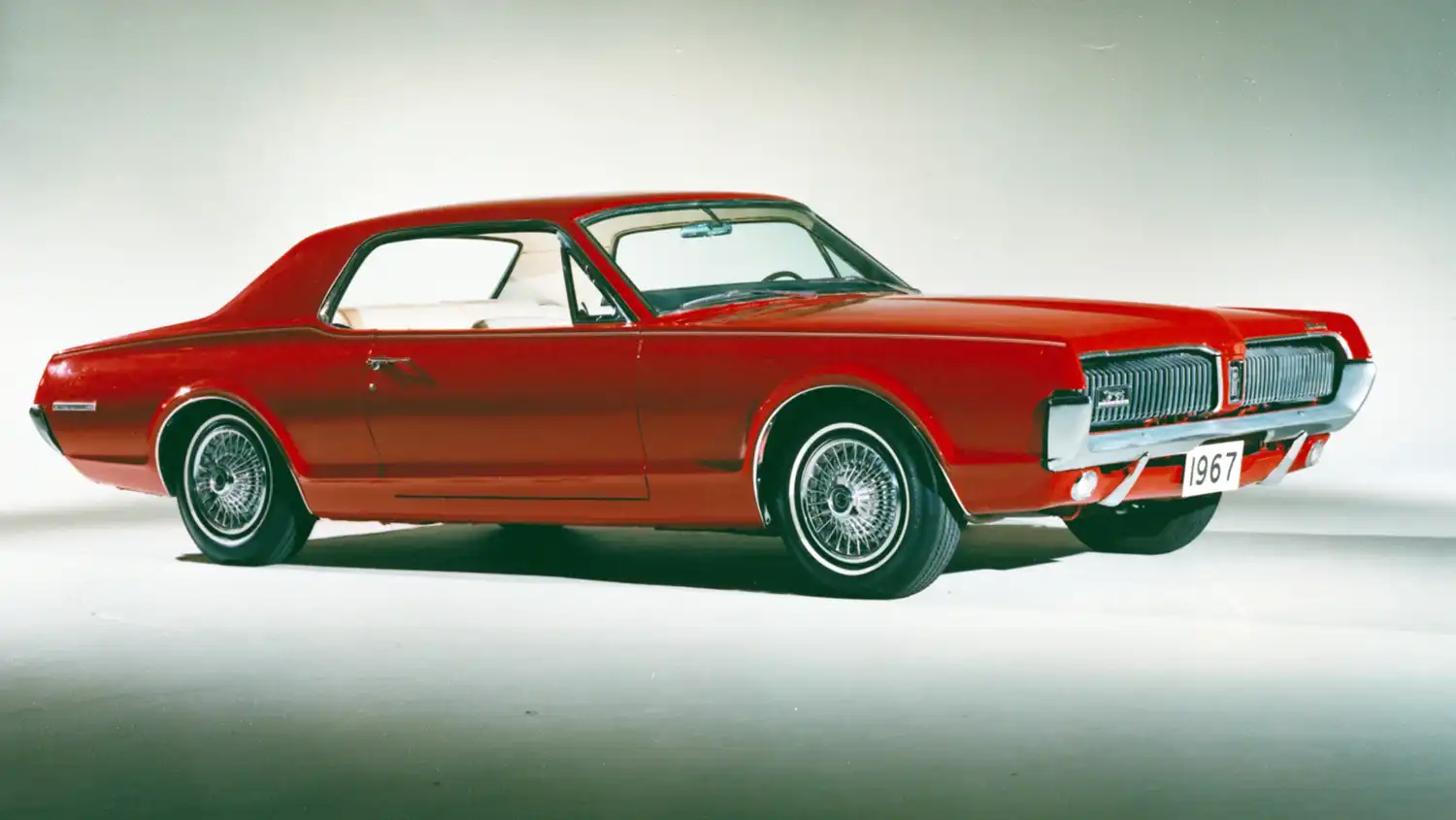
The 1967 Mercury Cougar quickly gained popularity, earning Motor Trend magazine’s “Car of the Year” award. Its successful formula of combining Mustang-based performance with unique styling and a more mature image resonated with buyers. It outsold the Mustang in its introductory year, a testament to its well-defined market niche. The 1967 model year established the Cougar as a significant player in the pony car segment, setting the stage for its evolution in subsequent years. It remains a sought-after classic today, appreciated for its distinctive design and the spirit of the era it embodies.
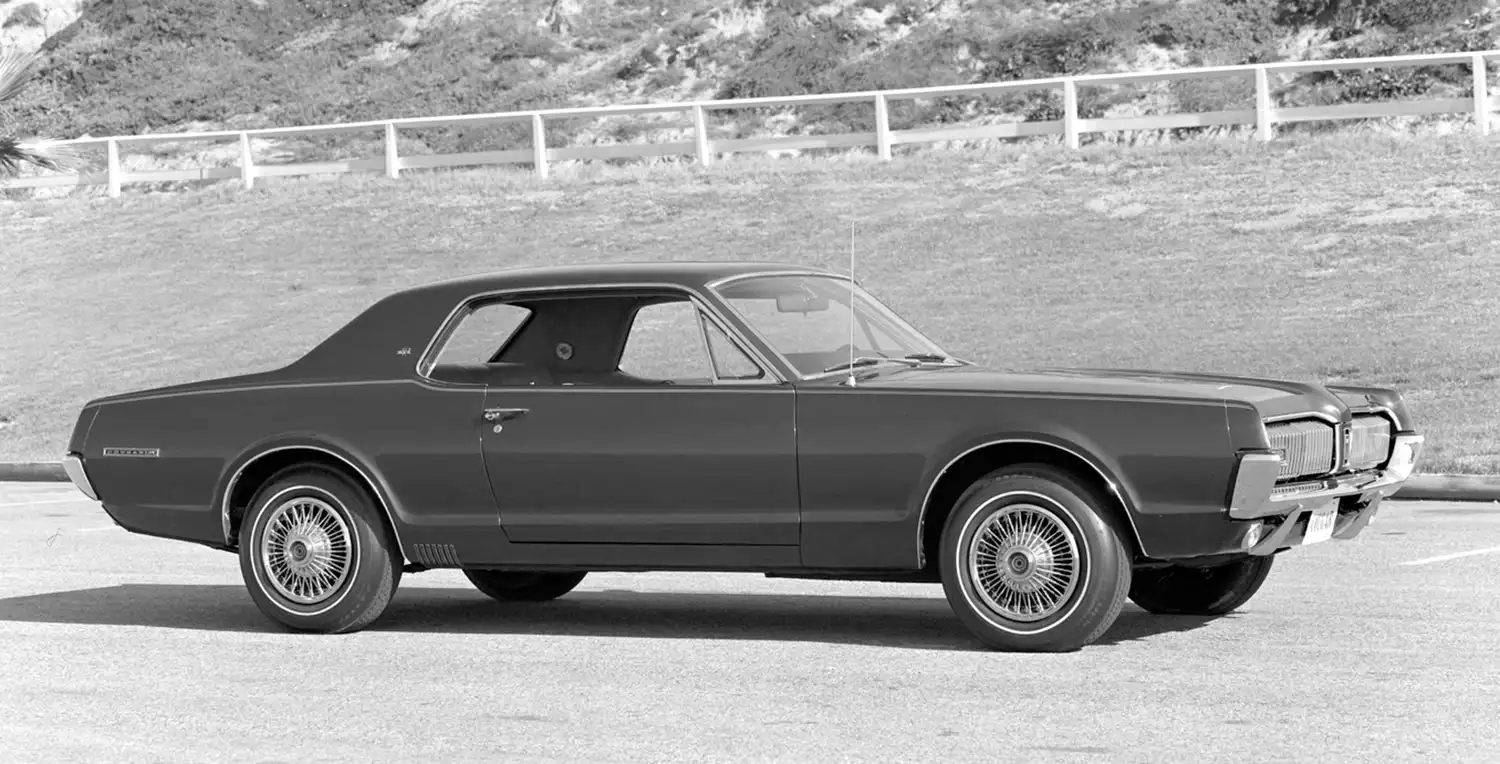
Summary:
- The 1967 Mercury Cougar was the first model of the Cougar nameplate.
- It was positioned as a more sophisticated and sporty alternative to the Ford Mustang.
- Distinctive styling included a split grille with hidden headlights and sequential rear turn signals.
- Offered a range of V8 engines, including the 289, 390 (GT), and limited 427.
- Transmission options included three-speed manual, four-speed manual, and three-speed automatic.
- The interior featured higher-quality materials and more refined trim than the Mustang.
- The 1967 Cougar was named Motor Trend’s “Car of the Year.”
Disclaimer: Information provided about the 1967 Mercury Cougar is for general knowledge. Specific features and specifications may vary based on the production date and options selected. Consult original sales literature for precise details.
Source: Ford Heritage Vault
AI Assistance: Gemini
